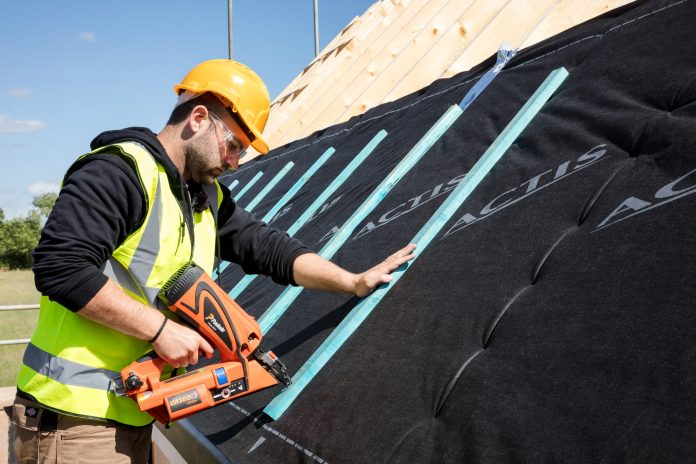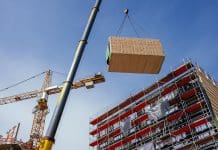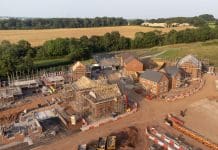New rules which allow families to add two extra storeys to their homes without full planning permission offer the potential to ease the housing crisis – but the extensions must be sensitively built, says insulation specialist Actis
The new planning rules, announced last week, have met with concern in many quarters – with councils and other groups fearing the relaxation of the Town and Country Planning Regulations will unleash a storm of badly constructed, ugly appendages which will negatively impact the neighbourhood.
But, insulation specialist Actis says if carried out sensitively and with the correct checks and balances they could bring positive benefits.
High-quality building
Actis UK and Ireland sales director, Mark Cooper emphasises that the ‘but’ is an important one.
“There is no question that the country needs more living accommodation and the idea that a family can create extra space for elderly relatives or grown-up children who can’t afford their own homes is a good one. In theory at least.
“But what is essential is that all these conversions have a positive impact on the surrounding environment and are well constructed and comply with building regulations.
“We as an industry have the technology to achieve this. There is now no excuse for any new build or conversion not to be built to a high standard.”
Cooper added: “The recently introduced £5,000 home improvement vouchers could go some way to enabling households to carry out this work, but again they must do so by using reputable tradespeople and products.
“There have been horror stories of incorrectly installed insulation which can lead to damp and mould, which not only damages the house, but has a detrimental effect on people’s health.
“In fact, a specification which came into effect last year – PAS 2035:2019 – champions a matrix approach to retrofitting in which each individual measure is examined in the context of the whole house. While voluntary for private housing it provides a good framework for reaching carbon emission goals.
“It acknowledges that retrofit projects often go wrong because of poor attention to the corners, junctions and edges of building elements (where insulation and air barriers should be continuous) and the interfaces between the building fabric, the building services and the occupants.
“The overall fabric of the building has to take priority. It makes financial sense to ensure that the existing building fabric is as energy efficient as possible before spending resources on other measures.”














